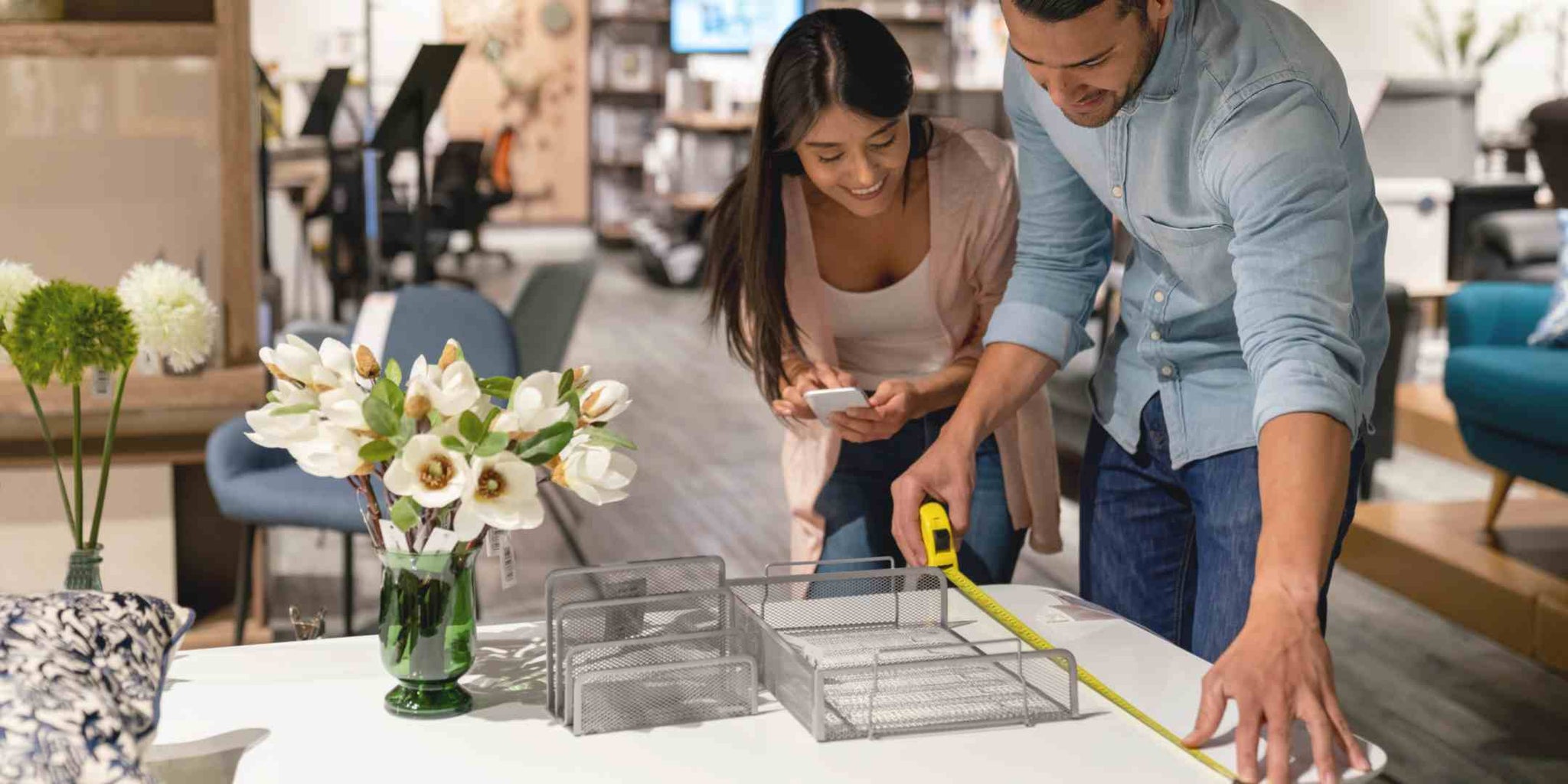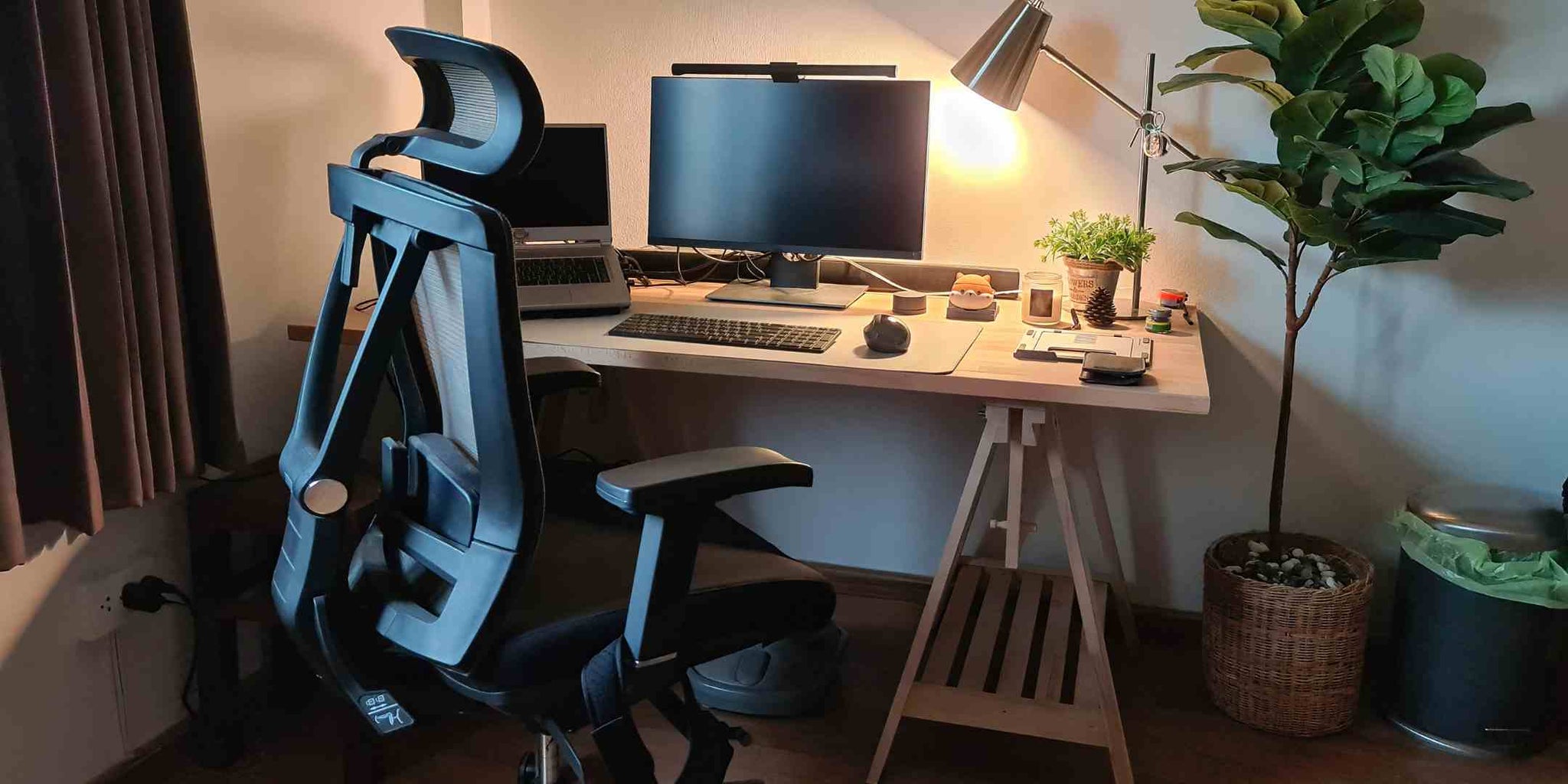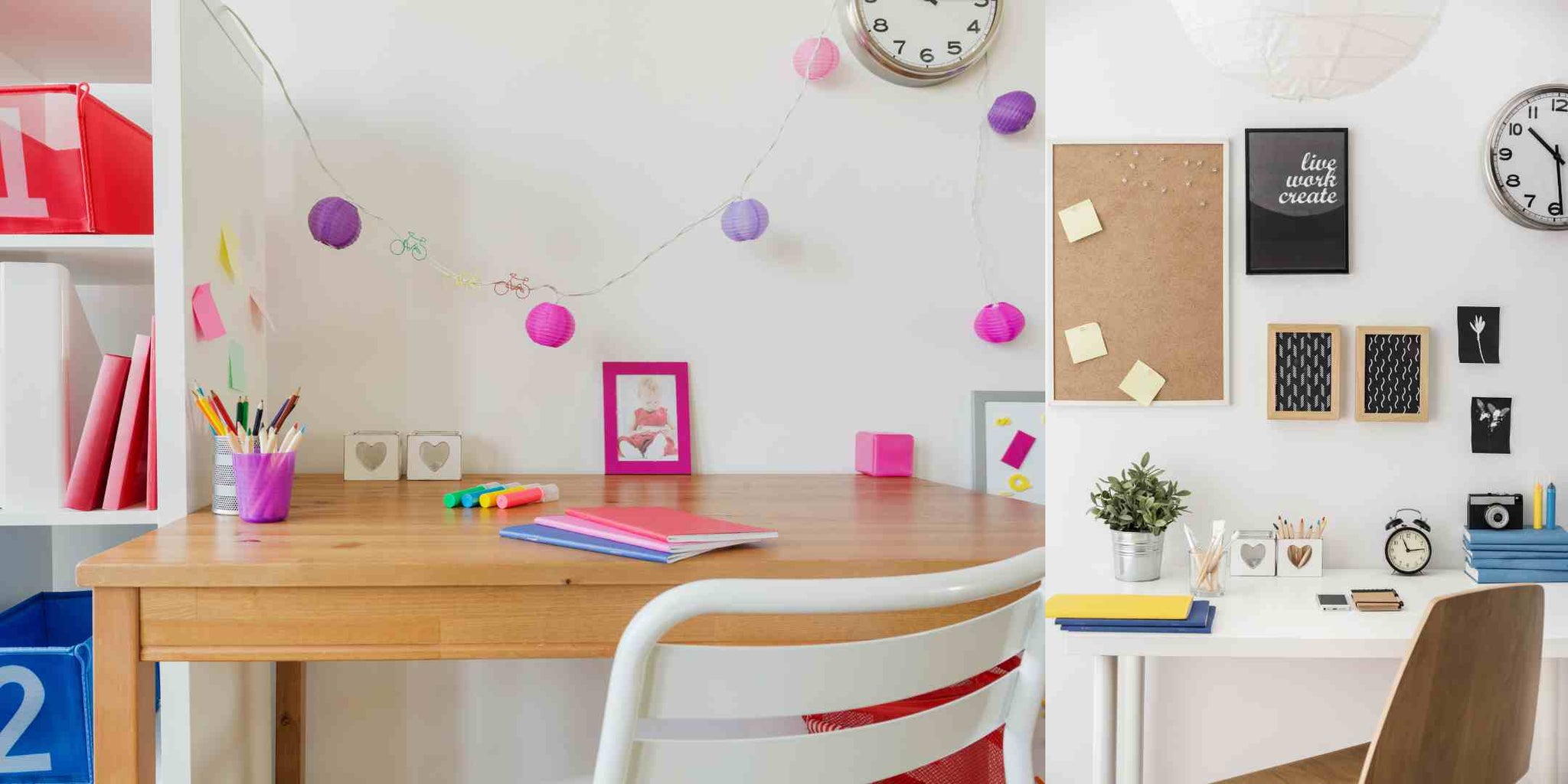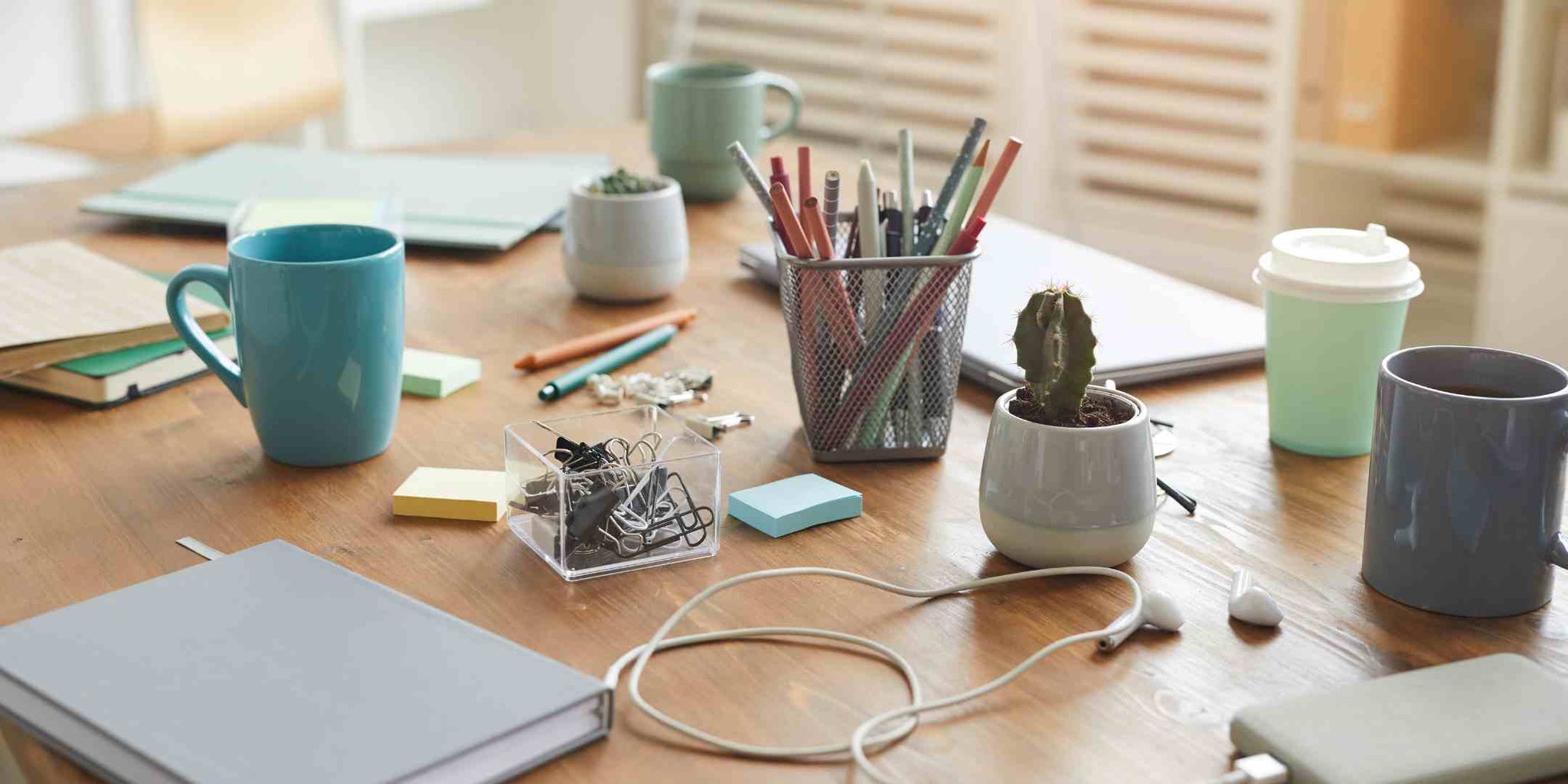Imagine a space where every moment spent studying is effective and enjoyable. A space that not only encourages focus but also sparks your creativity. Your study table could be the catalyst for reaching your academic goals, igniting your passion for learning, and turning every study session into a stepping stone towards your dreams. Hence, in this article, we will take you on a journey to turn your study table into the ultimate productivity oasis. So, get ready to unlock the secrets of creating a space where learning is not a chore but a joy.
What Should You Consider When Selecting a Study Table?

Size and Shape
Measure the available space in your room to ensure the table fits comfortably without overcrowding, and consider the table's dimensions, including its width, length, and height, to match your body size and the room layout.
Functionality
Determine your specific study needs. Are you primarily using it for reading, writing, computer work, or a combination of these? Choose a table with features that accommodate your intended functions, such as storage, built-in lighting, or cable management.
Ergonomics
An ergonomically designed study table will help prevent strain or discomfort during extended study sessions, so it is important to pay attention to the table’s height and adjustability and ensure that it complements your chair’s height and comfort level.
Material and Durability
It’s also important to consider the quality and durability of the materials used. Tables made from solid wood, metal, or high-quality laminates tend to last longer and offer better support for your study materials.
Storage and Organisation
Evaluate the storage options the table provides. Drawers, shelves, and compartments can help organise your study materials, stationery, and devices, contributing to a clutter-free workspace.
Style and Aesthetics
A visually appealing study table can make your workspace more inviting, so select a table that aligns with your style and the overall décor of your study area.
What Role Does Ergonomic Organisation Play in Productivity?

The ergonomic organisation plays a crucial role in productivity by optimising the physical workspace and creating a comfortable, efficient, and safe environment for work or study. Here's how it impacts productivity:
Comfort and Well-Being
Ergonomics focuses on creating a workspace that is comfortable and minimises physical strain. When your workspace is designed with ergonomic principles in mind, you experience less discomfort, fatigue, and pain, allowing you to work or study for longer without distractions of physical discomfort.
Reduced Risk of Health Issues
Poor ergonomics can lead to various health issues, such as back pain, neck pain, repetitive injuries, and eye strain. Organising your workspace ergonomically reduces the risk of these health problems, leading to fewer sick days and better long-term well-being.
Increased Efficiency
An ergonomically organised workspace allows you to reach necessary tools and materials with minimal effort, which leads to more efficient work processes, as you don't waste time searching for items or making uncomfortable movements. Everything is within easy reach, and the workspace is customised to your needs.
Enhanced Focus and Concentration
When your workspace is set up ergonomically, you can concentrate better on your tasks. Fewer distractions related to discomfort or awkward positioning lead to improved focus, which is essential for productivity, especially during demanding or lengthy study or work sessions.
Optimal Posture
Ergonomics encourages proper posture, which reduces the risk of musculoskeletal problems. Good posture ensures that your body is aligned correctly, reducing the strain on muscles and joints that contributes to overall physical well-being and allows you to stay productive for longer.
How to Declutter and Organise Your Study Table Effectively?

Assess Your Current Setup
Begin by looking closely at your study table, then identify items that don't belong there or are unnecessary for your work or study.
Clear the Surface
Remove all items from the study table, leaving it empty but providing a clean slate for reorganisation.
Sort and Categorise
Group similar items together. For example, gather all your writing utensils, notebooks, textbooks, and electronic devices into separate piles.
Designate a Home for Everything
Assign a specific place for each category of items on your study table. For example, designate a drawer for stationery, a textbook shelf, and a charging station for your electronic devices.
Use Organisers and Containers
Invest in organisers, trays, containers, and dividers to separate items. Use these to create compartments for different categories of items, making them easily accessible and preventing clutter.
How Can You Maintain Organisation and Focus Over Time?

Regular Decluttering
Schedule regular decluttering sessions to keep your workspace organised. At the end of each day or week, take a few minutes to tidy up, put things back in their designated places, and remove any unnecessary items.
Daily To-Do Lists
Create a daily to-do list to prioritise tasks, focus on what needs to be accomplished, and check off completed tasks to give yourself a sense of accomplishment.
Time Management
Implement time management techniques such as the Pomodoro Technique, time blocking, or the two-minute rule to allocate time effectively to tasks and maintain focus during work periods.
Minimise Distractions
Identify common distractions in your workspace and minimise them, which may involve silencing your phone, blocking distracting websites, or creating a distraction-free zone for work or study.
Task Prioritisation
Continuously assess your tasks and prioritise them based on importance and deadlines. Address high-priority tasks first to maintain productivity and prevent the accumulation of unfinished work.
Tips for Creating a Conducive Ambience in Your Workspace

Creating a conducive ambience in your workspace, whether for study or work, is essential for productivity and overall well-being. Here are some tips to help you establish a pleasant and motivating ambience:
Optimal Lighting
Ensure your workspace has sufficient natural light during the day, which can improve mood and focus. Use adjustable lighting, such as desk lamps, for evenings or dimly lit rooms to control the brightness and reduce eye strain.
Colour Scheme
Choose a colour scheme that promotes the desired atmosphere. Soft, neutral colours like light blue, green, or beige can create a calming effect, while brighter colours like yellow or orange can energise and inspire creativity.
Personalisation
Add personal touches like artwork, photographs, or inspirational quotes to make the space your own. Personalisation can make your workspace feel more inviting and meaningful.
Plants and Greenery
Incorporate indoor plants or fresh flowers to improve air quality and add a natural, calming element to your environment.
Aromatherapy
Use essential oils or scented candles to create a pleasant aroma in your workspace. Scents like lavender, eucalyptus, or citrus can help reduce stress and enhance concentration.
Minimalism
Keep the workspace clutter-free. Minimalist design can create a clean and organised ambience that minimises distractions.
Takeaway
When it comes to enhancing productivity, remember that the design and organisation of your workspace, combined with a conducive ambience, are powerful tools at your disposal. You create a space that inspires focus, comfort, and creativity by carefully selecting ergonomic furniture, decluttering effectively, and curating an environment that appeals to your senses. Additionally, invest time and effort to optimise your surroundings, and you'll discover that the path to productivity becomes smoother, your tasks more enjoyable, and your goals more achievable, ultimately resulting in a harmonious balance between your environment and your aspirations.








